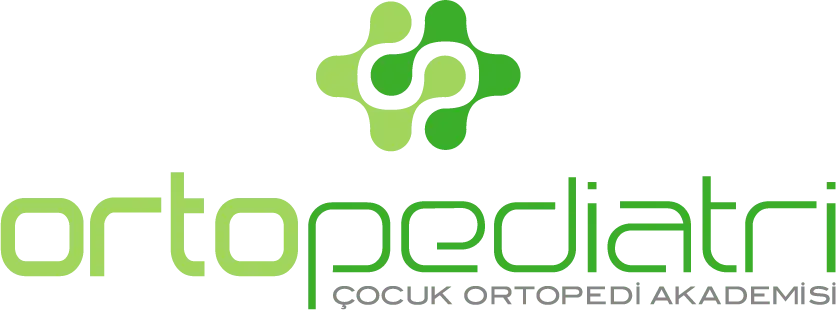The gait analysis begins 3 months after the child starts walking independently. There is no advanced age limit for the gait analysis.
The gait analysis is performed for children with gait and foot loading problems if deemed necessary after a clinical examination. There is no need for a gait analysis for every children.
The total time for the gait analysis ranges between 15 minutes and 30 minutes depending on the procedure to be performed.
The gait analysis is performed by a therapist or technical staff trained in this field.
As a result of the gait analysis, the postural abnormalities (problems related to the posture disorders), muscle strength, joint angles and similar problems that may negatively affect gait may be detected.
There are certain types of gait analysis in a technical sense. A pedobarographic analysis mainly measures variability in foot loading, while a three-dimensional gait analysis may record changes in the gait pattern of the whole body and the joint movements.
The gait analysis is performed before and after any intervention (surgery, use of an orthosis, etc.) if deemed necessary. Apart from this, in case that your physician has not proposed a different option, it does not need to be performed continuously.
There are many factors that negatively affect the gait. These may be categorized under three main groups as neurological and developmental problems, genetic factors and traumatic causes.
Today, every shoe on the market is sold as an "orthopedic" shoe, although almost all of them are not orthopedic. Using custom made shoes or insoles without an expert opinion and without the necessary pedobarographic study is not correct.
The gait and foot analysis are not the same. The most significant difference between them is that the gait analysis (as the name suggests) involves recordings performed during walking. The foot analysis, on the other hand, is mostly performed during a fixed standing position. With today's technological progress, there are advanced devices that can perform both gait and foot analyses at the same time.
If the detected gait disorder or foot loading problems are not intervened in a timely and correct manner, higher-level problems may occur with the advancing age. Examples are disruption in joint alignment, negative postural changes in the upper and lower joints, pain, and early fatigue.
Foot and ankle joints are the complex structures formed by the combination of many small joints. In the diseases that affect the foot and ankle, problems occur in the foot and ankle joints. Ankle arthrodesis operations are performed for the correction of severe deformities that cannot be corrected by bone and muscle surgeries concerning the foot and ankle, or in cases of a long-term deformity-erosion in these joints, which is termed calcification.
The joint that is fused as a result of an arthrodesis process in the foot and ankle remains immobile continuously. However, since the movement around the foot and ankle is performed by the participation of many joints, the arthrodesis process in a joint does not cause a major functional defect.
The treatment of the congenital clubfoot, which has been proven to be absolutely successful, is a serial casting treatment called the "Ponseti method". As part of this treatment, small release surgeries may be performed, but larger muscle and bone surgeries may be performed in case of failure of the treatment or recurrence of the deformity.
In cases of congenital clubfoot, a correction is expected using 4-8 plaster casts at intervals of one week.
It is necessary to contact the medical team that performs the casting process in cases of whitening, bruising and swelling of the toes, bad odor from the plaster, or wetting of the plaster, but most importantly when the infants who have not yet acquired the ability to fully express themselves are uneasy.

